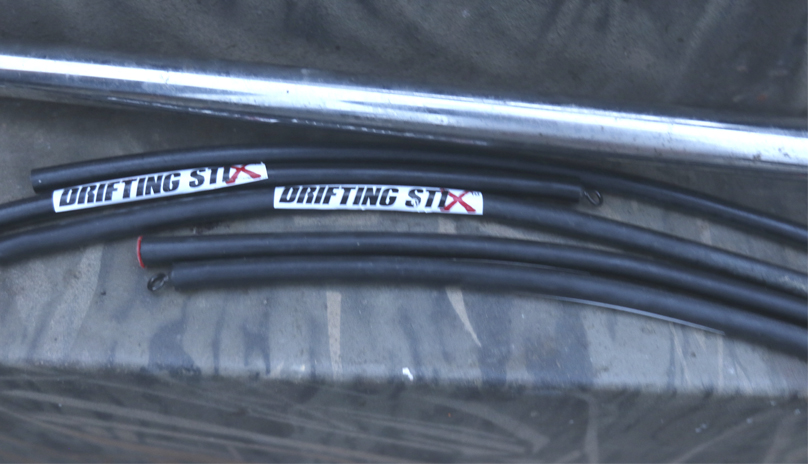Santee catfish biting in shallow water and deep holes
The second week of June’s Santee fishing report shows a strong bite still taking place for catfish, especially on shallow flats, and while drift fishing deeper water on the lower lake. Capt. Jason Wolfe of Wolfe’s Guide Service said don’t sit home because it’s hot. He also said don’t sit home on windy days. Unless the weather is dangerous, he said anglers should spend every minute on the water if they want to catch fish.
“You just have to go. Obviously if it’s dangerous weather, you shouldn’t go. But other than that — high water, choppy water, rain, heat, wind — you can never say any of that is going to hurt the fishing. You just have to go to find out,” he said.
Wolfe (803-487-3690) said two main approaches have been working for Santee’s catfish lately. Fishing shallow at daybreak has produced some fish moving off of the spawn. Then, drifting throughout the day has produced some good quality fish.
“We’re still catching some fish in spawning areas. They are either finished up spawning and moving out, and some are still finishing up the spawn. You can catch them in some really shallow water right now. It makes for an exciting catch. The catfish will break the surface during the fight because the water is so shallow. It’s a lot of fun, and anglers are surprised at how shallow these big fish will get,” he said.
Drift fishing covers all depths in short period of time
As morning gives way to the sun, Wolfe heads out to deeper waters. He’ll drift with multiple rods out, preferably sideways, with large chunks of cut bait. Drifting allows him to cover a wide range of depths quickly.

“If there’s little or no wind, I’ll use my trolling motor to keep the boat straight. Then I’ll have rods in my rod holders on the back of the boat. But what I really like to do is drift sideways. It takes some wind to make that work, so I’m always hoping for a little wind. Around 10 mph is perfect,” he said.
Drifting sideways allows him to cover more water.
“If I have to drift straight, I’m only covering a 5- or 6-foot swath when I’m drifting because that’s as wide as my boat is. But my boat is 20 feet long, so drifting sideways allows me to use more rods and space them out so I’m covering a 20-foot wide path,” he said.
Wolfe uses a modified version of the Santee rig, which helps him drift through all the stump fields and other debris on the bottom of the lake. His main line runs through a slider that has a Drifting Stix attached. This is a long, very thin weight that keeps his rig on the bottom but slides and glides through debris better than egg sinkers or slinky weights.
Speed is important when drift fishing
Next, he ties on a swivel, then a leader that runs through a cork. The cork keeps the bait slightly off the bottom. He also slides a rattle onto some of his lines. That’s finished off with a 5/0 to 8/0 Triple Threat hook.

He casts out six rods and places them all in rod holders on the side of his boat. If the wind is blowing strong enough, he’ll deploy a drift sock or two to slow his drift.
“You want to drift around or below .7 mph. If you’re drifting .8 or faster, you need to put another drift sock out. If you can’t slow down below .8, then you need to anchor down to fish or find another place on the lake that has less wind,” he said.





Be the first to comment